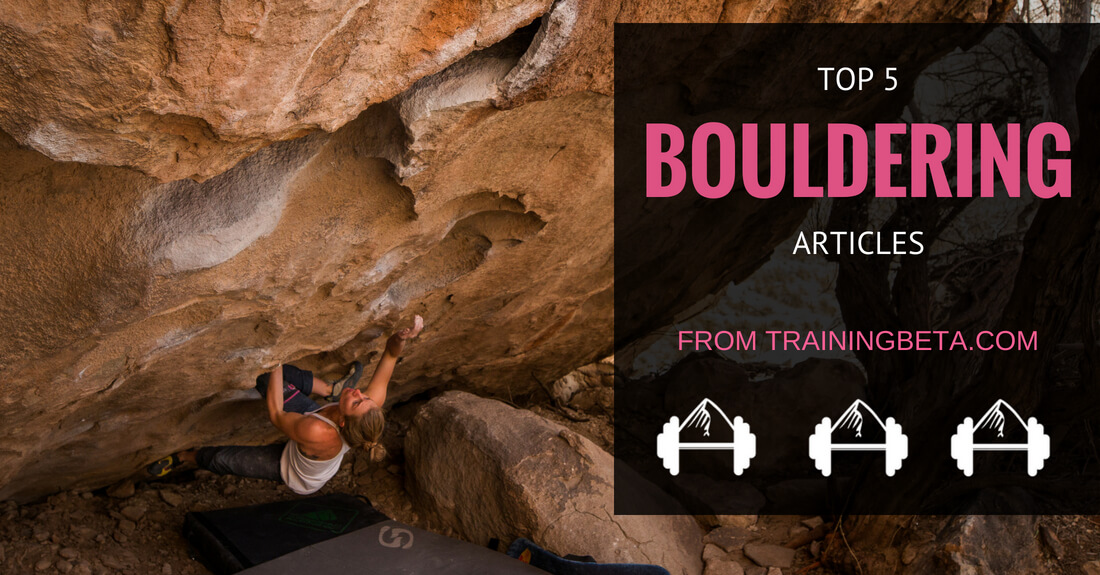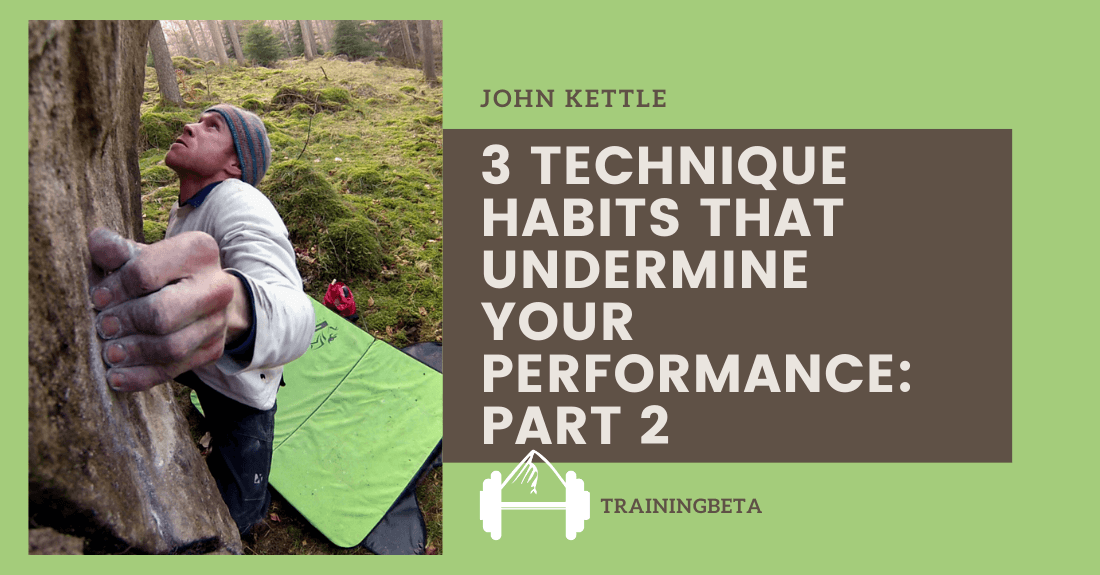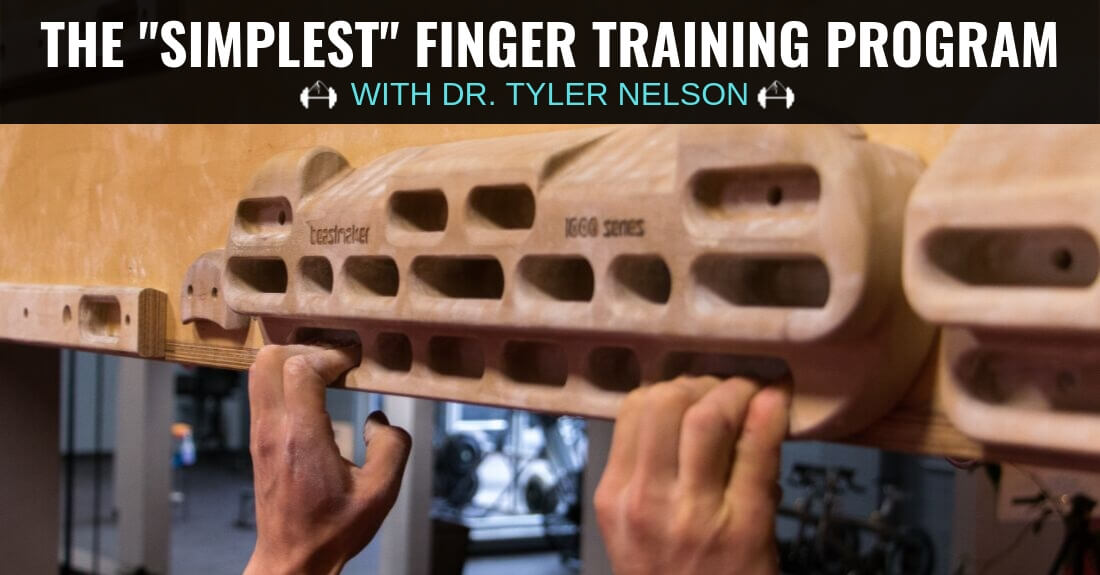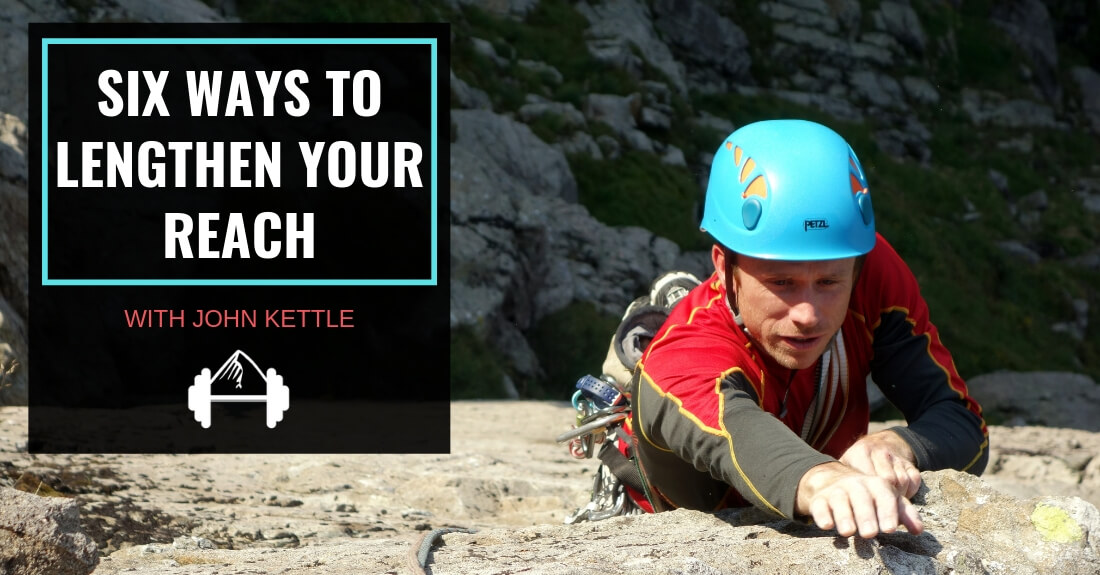Bouldering: it sounds so simple. Grab your shoes, some chalk, and a crashpad and you’re good to go. Sure, you can have a fun and enjoyable bouldering session with just those three things.
However, things get much more complicated when you’re interested in climbing harder and harder boulder problems in an effort to push what you are capable of and find your limit. Things like your skin, conditions, tactics, training, and patience all become a whole lot more important the closer you get to your limit.
Below are the top 5 bouldering articles from the TrainingBeta Blog. They cover a wide range of topics from how to warm up properly for a bouldering session, to how to training more effectively for bouldering, and how to avoid injury through it all. Give them a read yourself. They are full of helpful information that can help you take your bouldering to the next level.
Top 5 Bouldering Articles
-
How To Warm Up For A Bouldering Session
- “It’s hard to make yourself properly warm up for a bouldering session. It’s just so much quicker and easier to walk up to your project, do a few pull ups (or not), and then start trying moves. Well, I can say from personal experience and from the experiences of many people I’ve trained with, that warming up is an essential part to both being able to try your hardest, and avoiding injury.” – Seth Lytton
-
Limit Bouldering with The Power Company
- “By definition, we need to be at our limit, but we’ve cultivated a mindset of needing to “send” or go to the top every try. As such, it’s a struggle to get people (including myself) to remain focused on a single move or short sequence that defines that limit. Exploring the top end of your abilities can be an extremely frustrating endeavor for even the most experienced, most dedicated climbers. I’ve had entire training seasons in which I didn’t send a single hard boulder in the gym.”“Those were my most successful.” – Kris Hampton
-
5 Things You Can Do to Improve Your Bouldering
- “A classic mistake is to think that the steepest angle possible is best for strength training. The optimum angle is the steepest possible angle on which you can use finger holds. These don’t have to be tiny – they can be medium sized and slopey or rounded but they mustn’t be jugs. If you’re swinging around on jugs then you won’t be working your fingers and finger strength should always be the greatest priority. It is also best to use the smallest possible footholds to work body tension and footwork accuracy.“” – Neil Gresham
-
3 Crucial Principles of Training for Bouldering
-
“Well, most hard boulder problems…
a) have bad holds that are far apart and
b) require the ability to do a continuous series of hard moves before you can stand on top and high five your buddies or scream your head off in Spanish.
The 3 Things You Need In Order To Send Harder
Sounds like you need the combination of finger strength, dynamic power, contact strength and power endurance. Here’s how you get that…” – Dan Mirsky
-
-
Injury Free Bouldering – 15 Tips with Neil Gresham
- “Bouldering is a high-risk activity. Performing well while avoiding injury is both an art and a science. It’s not just about warming up, but getting your tactics right and developing a feel for when to push and when to back off. Use this article as a checklist to ensure that you’re doing everything in your power to stay injury-free.” – Neil Gresham
Cover photo: Kate Tierney on Hueco Tanks’ Echo Chamber; courtesy of Matt Pincus | @mpincus87





Leave A Comment